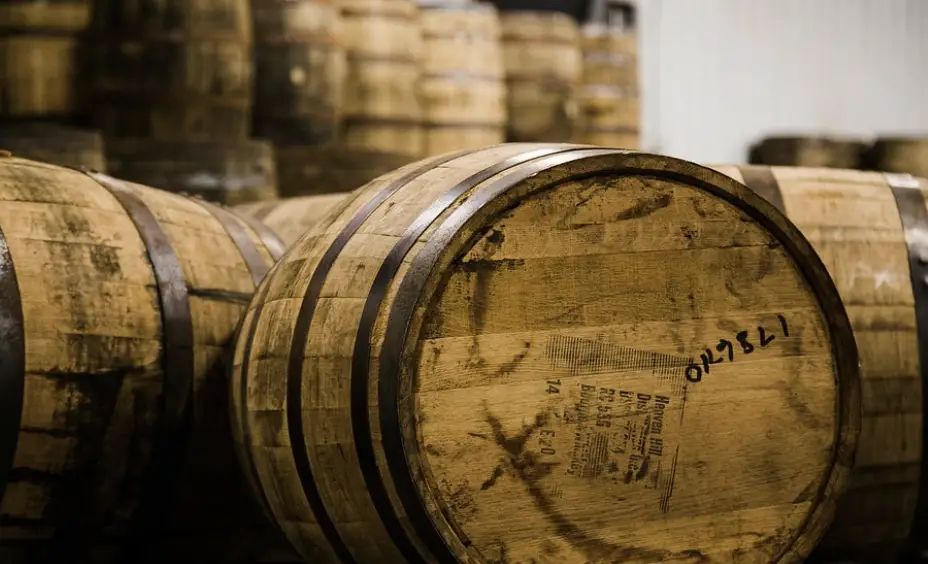
From Tree to Toasty: The Journey of Crafting a Bourbon Barrel
Bourbon barrels play a crucial role in shaping the distinctive flavors and characteristics of this beloved American whiskey. These barrels, typically made from white oak, undergo a meticulous process that transforms raw wood into vessels that contribute to the maturation and flavor development of bourbon. In this blog post, we’ll take a deep dive into the fascinating journey of how a bourbon barrel is made, from the selection of the wood to the final toasty result.
- Wood Selection: The process begins with selecting the right type of wood. White oak is the preferred choice for bourbon barrels due to its desirable properties, including strength, tight grain, and the ability to impart flavors. Careful consideration is given to the origin and quality of the wood, as it significantly impacts the final product.
- Stave Production: Once the suitable white oak logs are sourced, they are cut into staves, which are the individual planks that make up the sides of the barrel. The staves are typically long, narrow, and curved, allowing them to be assembled into the characteristic barrel shape.
- Air Drying: After being cut, the staves are left to air dry for a period ranging from several months to several years. This process, known as seasoning, allows the wood to naturally dry and age, removing moisture and reducing the tannins. Proper air drying is crucial as it helps develop the desired flavors and prevents the barrel from leaking during use.
- Assembly: Once the staves are properly seasoned, they are ready for assembly. The staves are carefully arranged in a circular pattern, forming the barrel shape. The ends of the staves are tapered to create a tight fit, ensuring the barrel’s structural integrity. Metal hoops are then applied around the barrel to hold the staves together.
- Toasting and Charring: After assembly, the barrel undergoes a toasting and charring process. Toasting involves applying heat to the interior of the barrel, which caramelizes the natural sugars in the wood and imparts distinct flavors. Charring takes it a step further by igniting the interior, creating a layer of charcoal that filters the whiskey and contributes additional flavor and color.
- Finishing and Inspection: Once the barrel has been toasted and charred, it goes through a finishing process that includes sanding, smoothing, and inspecting for any imperfections. This ensures the barrel meets the high-quality standards required for aging and maturing bourbon.
- Aging Bourbon: Once the barrel is complete, it is ready to be filled with bourbon. During the aging process, the bourbon interacts with the wood, extracting flavors, aromas, and color compounds. The charred layer acts as a filter, removing impurities and adding depth to the whiskey’s character. The length of aging can vary, but by law, bourbon must be aged in new, charred oak barrels.
Conclusion: The creation of a bourbon barrel is a remarkable journey that transforms raw white oak into a vessel that contributes to the complex flavors and characteristics of bourbon. From the careful selection of wood to the precision of toasting and charring, each step plays a vital role in creating a barrel that imparts unique characteristics to the whiskey it holds. The craftsmanship and attention to detail involved in barrel making are integral to the artistry of bourbon production.
So, the next time you savor a sip of bourbon, take a moment to appreciate the craftsmanship and journey of the barrel that helped shape the liquid in your glass. From tree to toasty, the story of a bourbon barrel is as captivating as the whiskey it holds. Cheers to the incredible art of barrel making!



